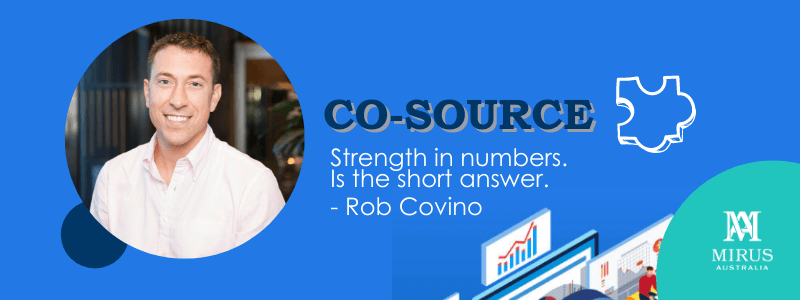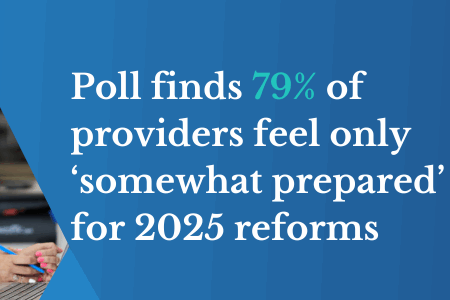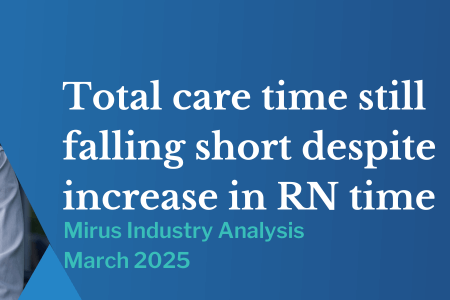Co-source: A hybrid model for revenue management
September 9, 2020 | Aged Care Management

We are all facing new challenges that require organisations and people to be flexible and agile.
Co-sourcing emerges as a hybrid solution for revenue management for financial sustainability for aged care providers. Let’s explore the different models of revenue management and examine their benefits and constraints.
(For your reference the concept of co-sourcing was explained in more details here)
The traditional revenue management models typically involve de-centralised, centralised and shared services models.
(1) A de-centralised model empowers facilities with autonomy and control over process, decision and claim submissions. There is no formal centre and facilities report into operations or a business unit manager. This model expedites processes when things are in order but unfortunately can fall apart with inconsistency across facilities.
(2) A centralised model allows sourcing decisions and procurement activities to be executed at a central command and control centre. This model nurtures a strategic focus but lacks room for flexibility.
(3) A shared services model attempts to address issues met by centralised and de-centralised models by building a base business model and agreed business outcomes. It allows facilities to focus on their specific needs whilst adhering to the core business strategy. However, this model is not perfect either!
Over time and without optimised operational control, business units and shared services can operate inconsistently against agreed standards.
Co-sourcing is centre-led which is strategically led by the head office whilst shared services are co-sourced to a trusted partner.
It is different to outsourcing where you have little to limited visibility. Co-sourcing is an approach through which an organisation seeks to mitigate risks and generate new value that can be converted to sustainable competitive advantages.
It can best be characterised as a long-term, one-to-one business collaboration where business functions are maintained through the combined efforts of internal and external partners where both parties have a mutually vested interest in the outcome of the collaboration.
The benefits don’t stop there, they include:
- Knowledge and resources are shared across the organisation
- Direction is driven from the centre by Head Office
- Standardised method and process of engagement across all facilities which reduces risk of lost funding or poor documentation quality
- Central team facilitates linking of business needs to reassessment activities
- Allows control over areas that are high risk or have a high degree of governance/compliance
- Cross-functional teams work across facilities and limit disruptions to the daily
Co-sourcing is here for the future. Are you ready for the future? Want to find out how we could help you with co-sourcing?
Please connect with Robert Covino, co-founder at Mirus Australia on LinkedIn. Robert helps Aged Care providers with his fresh point of view on how they approach their challenges. Please speak with Robert to hear about how Mirus’ tools and methodologies could apply to you.
Strength in numbers. Is the short answer. Please get in touch with us to find out more.


